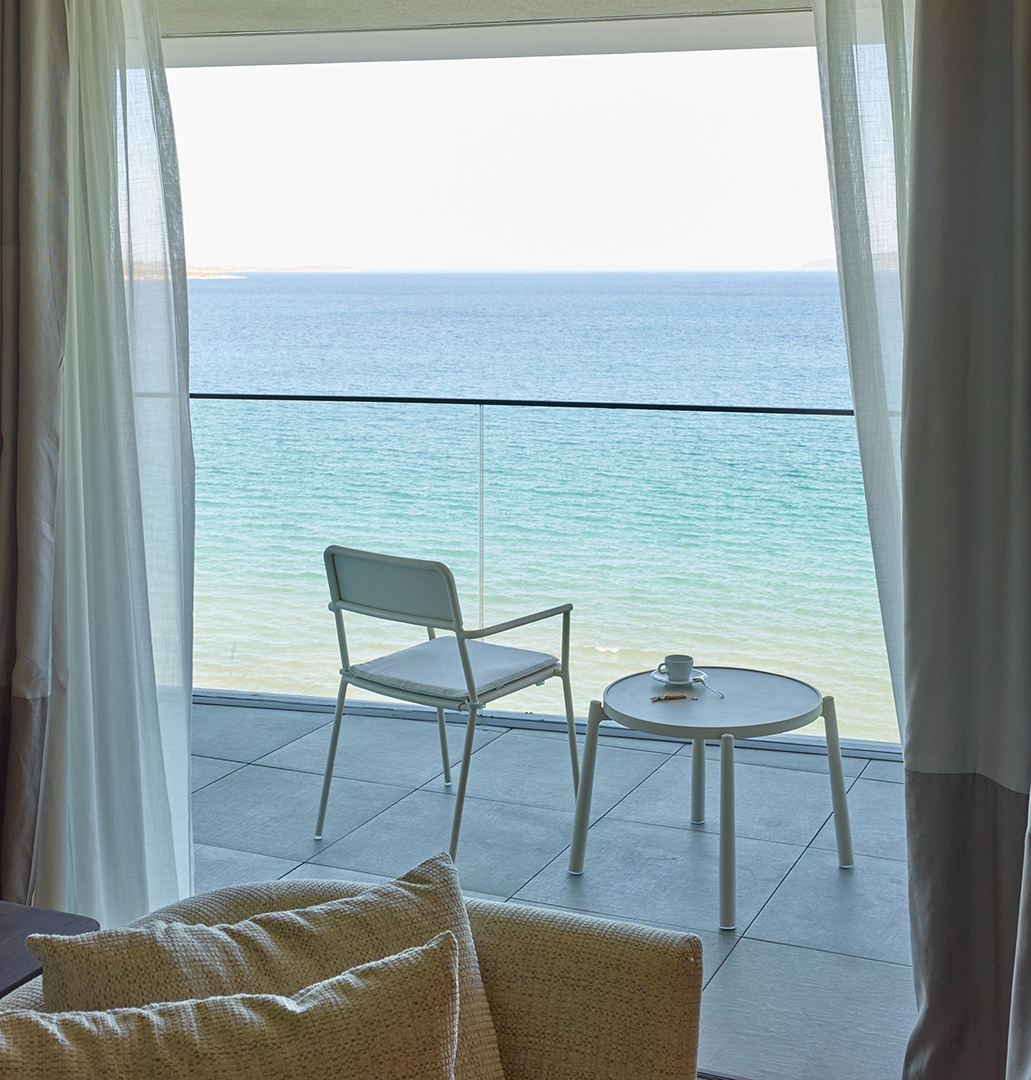
1. Best Materials for Outdoor Hospitality Furniture
In the gastronomy world, furniture needs to be three things: durable, low-maintenance, and aesthetic. Here’s what works — and what to avoid:
✅ Top Materials
-
Powder-Coated Aluminum
Lightweight, rust-resistant, and sleek. Perfect for stacking and easy to clean. -
Teak (or Faux Teak)
Natural teak is beautiful and ages well, but expensive. Faux teak (polywood) gives the same look, lasts longer, and needs less upkeep. -
Synthetic Wicker (Resin Rattan)
Modern versions are UV-resistant, waterproof, and stylish. Avoid the cheap versions that crack and fade. -
Steel with Anti-Corrosion Treatment
Strong and stable — but only if it’s treated to resist rust. Look for galvanized or powder-coated versions. -
High-Pressure Laminate (HPL) for Tabletops
Heat, stain, and scratch-resistant. A solid choice for outdoor dining surfaces.
❌ Materials to Avoid
-
Untreated Wood: Warps, cracks, and rots fast. Needs constant maintenance.
-
Plastic: Cheap, flimsy, stains easily. Doesn’t hold up in wind or under pressure.
-
Glass Tabletops: Looks good day one, but dangerous and hard to keep clean.
2. Smart Layout Strategies for Outdoor Dining
Outdoor dining isn’t a free-for-all. You need to think in zones, flows, and guest behavior.
🔹 Create Zones
-
2-Tops & 4-Tops: These should dominate your layout. They’re the most flexible and most booked.
-
Lounge Corners: Add cushioned seating or sectional sofas if you want to encourage longer stays (great for cafés and cocktail spots).
-
Bar-Height Tables: Great for small patios and casual standing-room setups.
🔹 Leave Room to Move
-
Aim for 24–30 inches between table edges for walkways. Staff need space to move. Diners hate feeling cramped.
🔹 Use Barriers Strategically
Planters, railings, or screens give diners a sense of separation from traffic or pedestrians — without making the space feel closed off. They also help define the dining space and keep it compliant with local codes.
🔹 Think About Sun & Shade
Nobody wants to sweat through a meal. Use:
-
Umbrellas (weighted, wind-rated)
-
Retractable awnings
-
Pergolas with fabric or climbing plants
Position tables based on where the sun lands during peak hours. Bonus: guests will pay more for tables in the “best” spots.
3. Designing for All Weather: How to Stay Open Year-Round
☀️ Sun and Heat
-
Use UV-resistant fabrics for cushions and umbrellas.
-
Choose light-colored materials that reflect heat instead of absorbing it.
-
Install misters or fans in warmer climates to keep things breezy.
🌧️ Rain and Moisture
-
Invest in drain-through cushions or bring cushions in nightly.
-
Make sure tables and chairs dry quickly — slatted surfaces help.
-
Use non-slip flooring — wet patios are liability nightmares.
❄️ Cold Seasons
-
Add freestanding or mounted heaters (propane or electric).
-
Use wind barriers: clear vinyl panels, roll-down curtains, or temporary walls.
-
Offer blankets (stylish and cozy), and switch to heavier cushions or slipcovers.
-
Consider fire pits for ambiance and warmth (check local codes first).
🧼 Low-Maintenance Wins
-
Choose wipe-clean finishes.
-
Avoid fabrics that trap grease or mildew.
-
Go for stackable furniture to store easily in off-seasons.
Your outdoor space can be a year-round revenue driver — but only if you treat it like a real part of your restaurant, not an afterthought. Choosing the right materials, designing for flexibility, and prepping for every weather condition turns a patio into a high-performing asset.
Need help designing a layout mockup or curating a full furniture list based on your space and budget? I can build a custom plan — just tell me about your venue.
